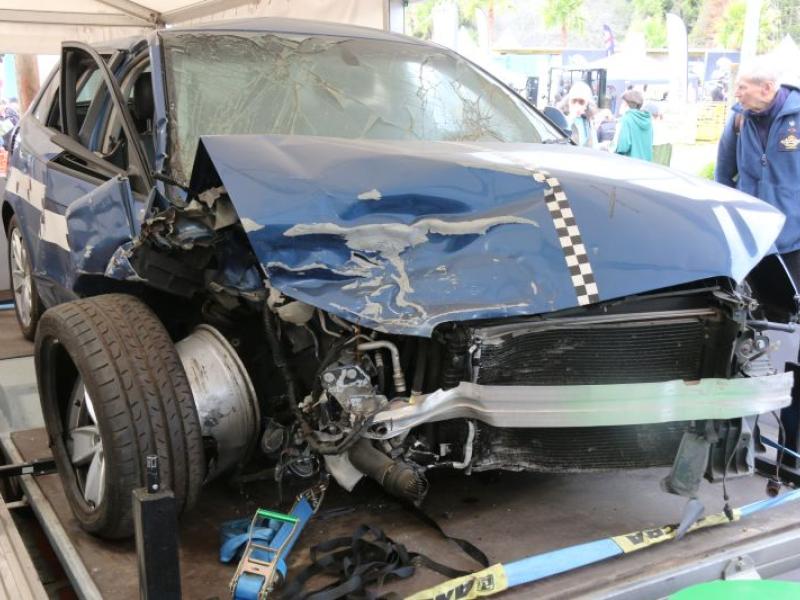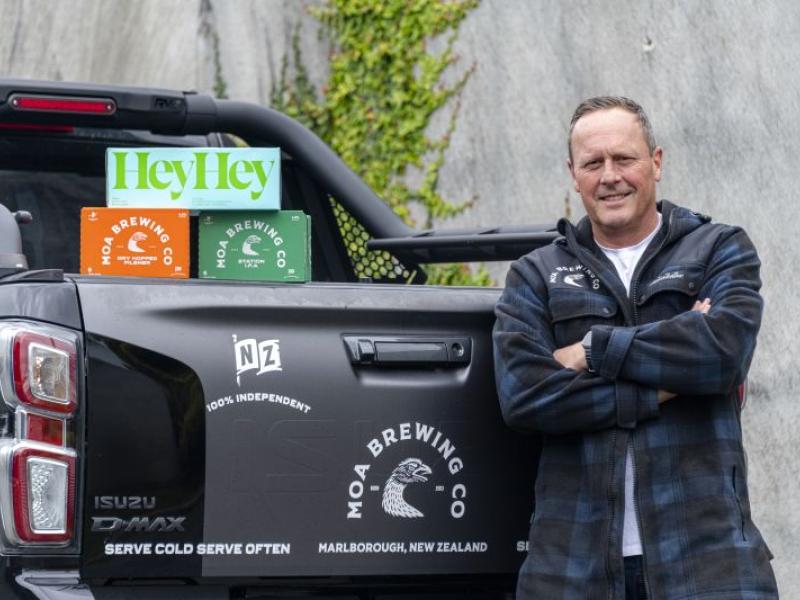It is almost the perennial question with an answer that is both easy and complex. Complex because there are so many variations and so many drivers for why either option may be preferred, many of which are more emotional than numerical. Previous articles on this topic keep rating highly on our websites showing the ongoing interest in this topic.
The easy part is that for a typical perk vehicle – in terms of cost for the company – any differences are minor – assuming the aim is for the employee to be in the same position either way (a brave assumption).
It gets more complex with vehicles that have moderately high true business use – remembering that driving from home to the office is not business use. Here there can be some savings but also more potential for problems.
Before we get to numbers let’s consider some of the plusses and minuses of each approach:
For the company owning the vehicle
• Can have a consistent vehicle policy (similar vehicles for similar roles).
• Control over vehicle choice, vehicle condition and repair (less risk of vehicle unavailability).
• No risk of employees choosing inappropriate vehicles (Image or reliability issues).
• Can take better advantage of fleet discounts and buying power for servicing.
• Retain vehicle if a staff member leaves – available for the replacement staff member.
• No incentive for staff to fly rather than drive to save costs for running their car.
• Simpler when high business use.
• Need to consider Health and Safety policy for employee’s vehicles (grey fleet).
• No FBT to calculate.
For the employee owning the car
• More flexibility in vehicle selection, age, style, accessories to suit personal needs.
• More flexibility for family to use when not needed for business.
• Don’t lose vehicle when changing jobs (But may lose payments).
• Could be cash flow positive if they choose a cheaper vehicle (older or lower spec) or can choose to subsidise higher spec.
Generally simpler
And let’s talk about the brave assumption, usually when an employee ownership policy is instituted the gross salary payment is equivalent to vehicle costs, however it is usually not part of the salary and so over time, may increase more slowly (or not at all) which can benefit the company.
Car running costs can diverge from general inflation. Employees may also undervalue the cost of vehicle ownership, as much is hidden (depreciation) and accept less than the actual cost.
Structures for employee ownership
Generally, this involves a gross salary allowance to return a nett amount equal to car running costs.
Where there is moderate business use, part of the payment can be paid as a mileage reimbursement which is non-taxable – with a commensurately lower salary gross up.
A typical perk car will have less than 25 percent business mileage, so generally the grossed-up salary option is more expensive than the company owning the vehicle.
Employee ownership is generally considered primarily for ‘perk cars’, where business use is minimal.
Once business use becomes high, there is much more chance of disputes between company and employee and the accounting becomes more complex, meaning the preference will usually be for the company to own these vehicles even though there may be a cost saving with employee ownership.
For higher level roles (C Suite) the trend is more just to have a total salary package with no separate car payments.
FBT a big driver
Certainly when employee ownership became popular, avoiding paying FBT was one of the drivers, this was both financial (On a $50,000 car it runs around $10,000pa -see Sidebox) FBT costs, but also conceptually, as FBT is an unusual tax – the employer pays for the benefit to the employee rather than the cost coming out of the employees income (PAYE).
For many people, avoiding FBT – even if there are no actual cost savings – is a win and it saves the work involved in doing the FBT returns, which can get complex with exempt vehicles and use to calculate.
So why is there not a saving when you don’t have to pay FBT? This is primarily because the employee has to pay GST on vehicle purchase and running costs (whereas the company can claim that back) and the payment to the employee has to be grossed up, so the after-tax amount covers the costs.
Considerations if changing to employee ownership
If the employee previously had a company vehicle, they need to be able to fund the purchase of a suitable vehicle.
Generally, the grossed-up salary payments would cover finance costs but there will be a 10-20 percent deposit, which could challenge budgets.
One option is to use a product such as Orix’s Novated lease, where the company guarantees the lease, but the employee meets the costs. There are also some lease products available to individuals that do not require an upfront deposit.
A new vehicle policy will need to be introduced, which should set some requirements around the vehicles used by employees to cover availability, age, condition, maintenance, appearance and health and safety factors.
Emotional baggage
For many staff, the ability to choose a vehicle they like and which suits their needs is a huge bonus, I recall big ‘fights’ around company vehicles when I was involved in leasing, with employees wanting tow bars but companies banning them, employees needing extra seats for large families that did not fit policies or an employee wanting accessories to suit their personal needs – such as roof racks that were outside the companies fleet policies. On the other hand, there can be a negative emotional reaction that the company does not value the employee enough to provide a company car, so be prepared to deal with emotions either way!






